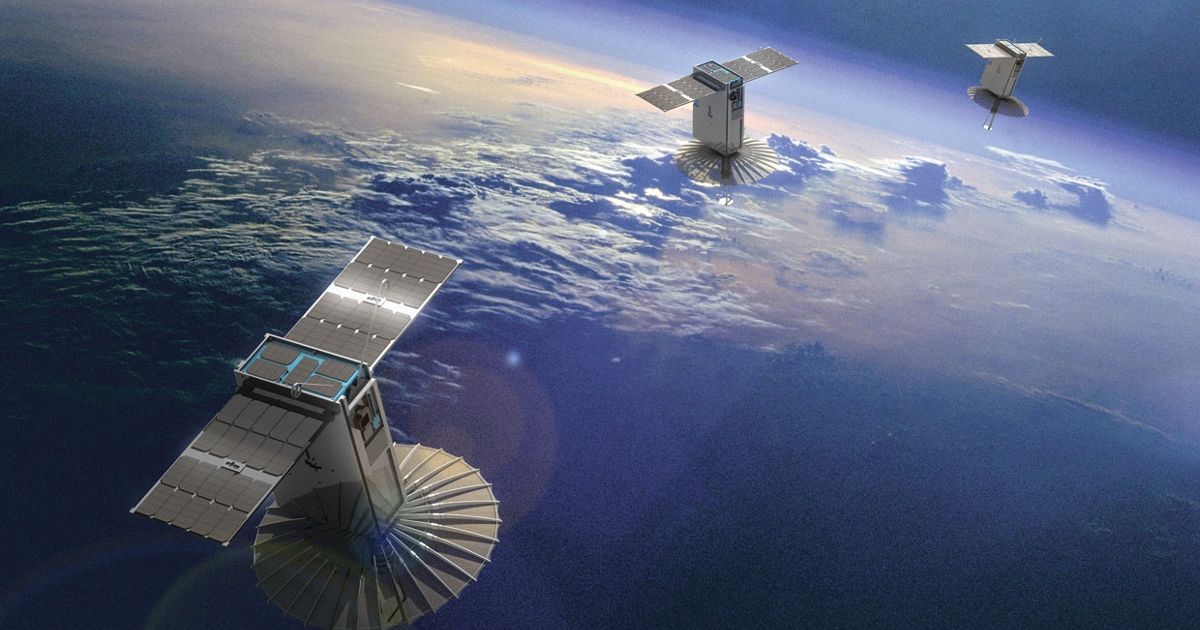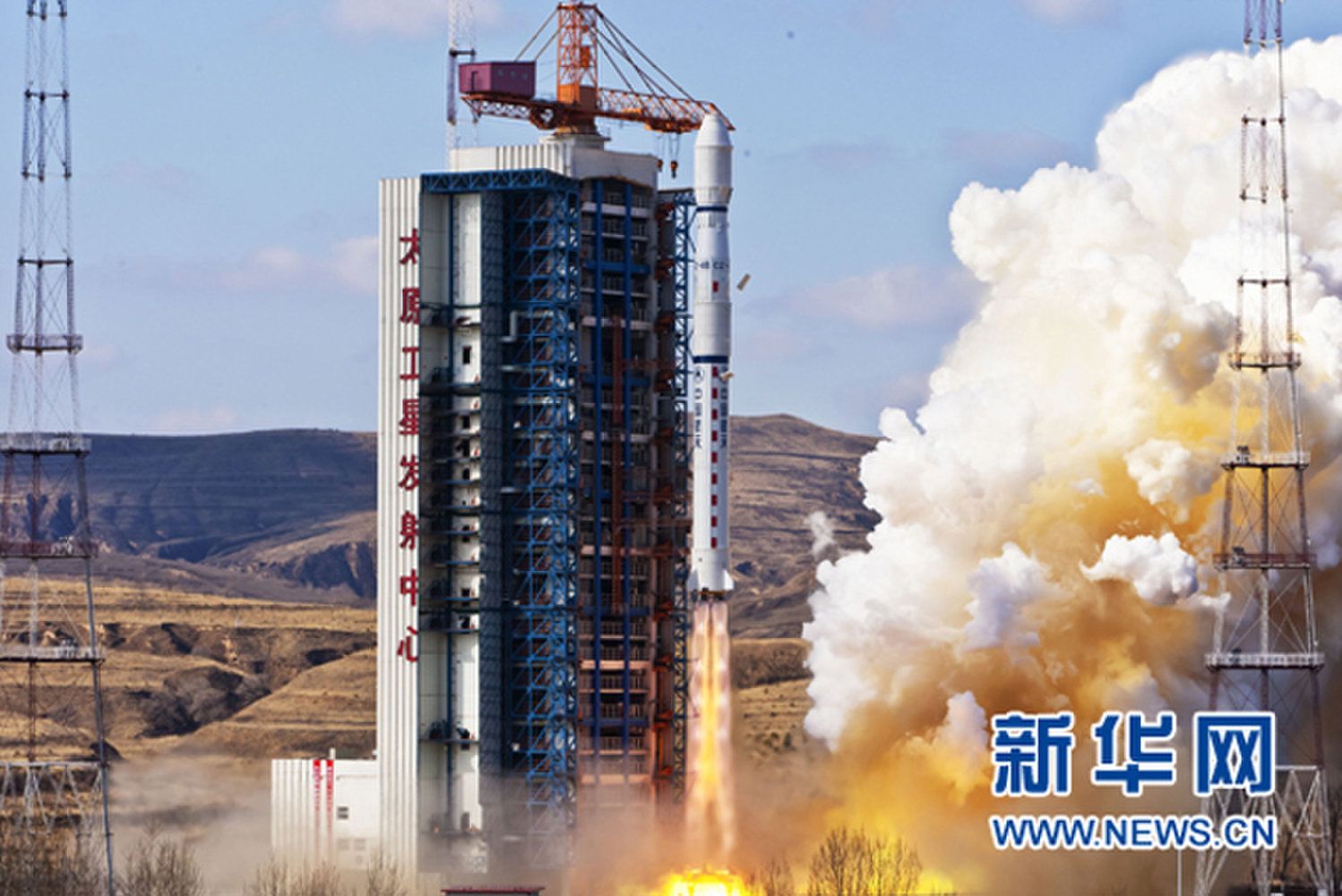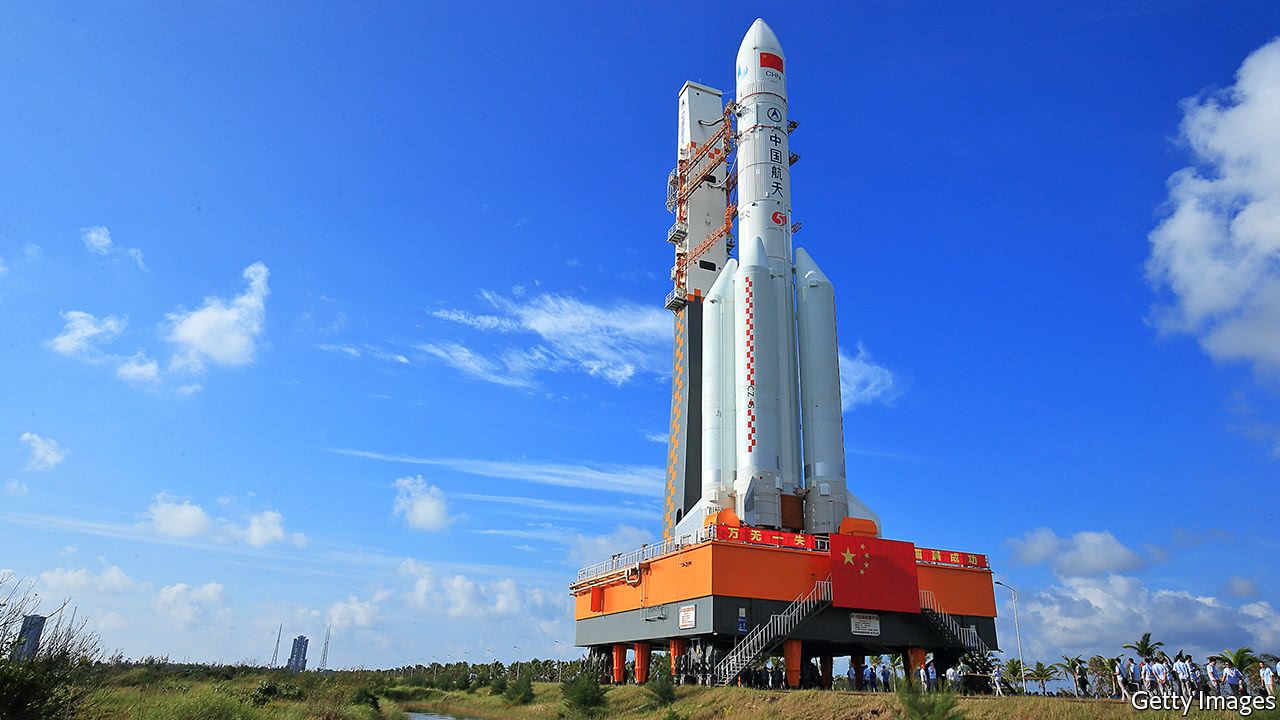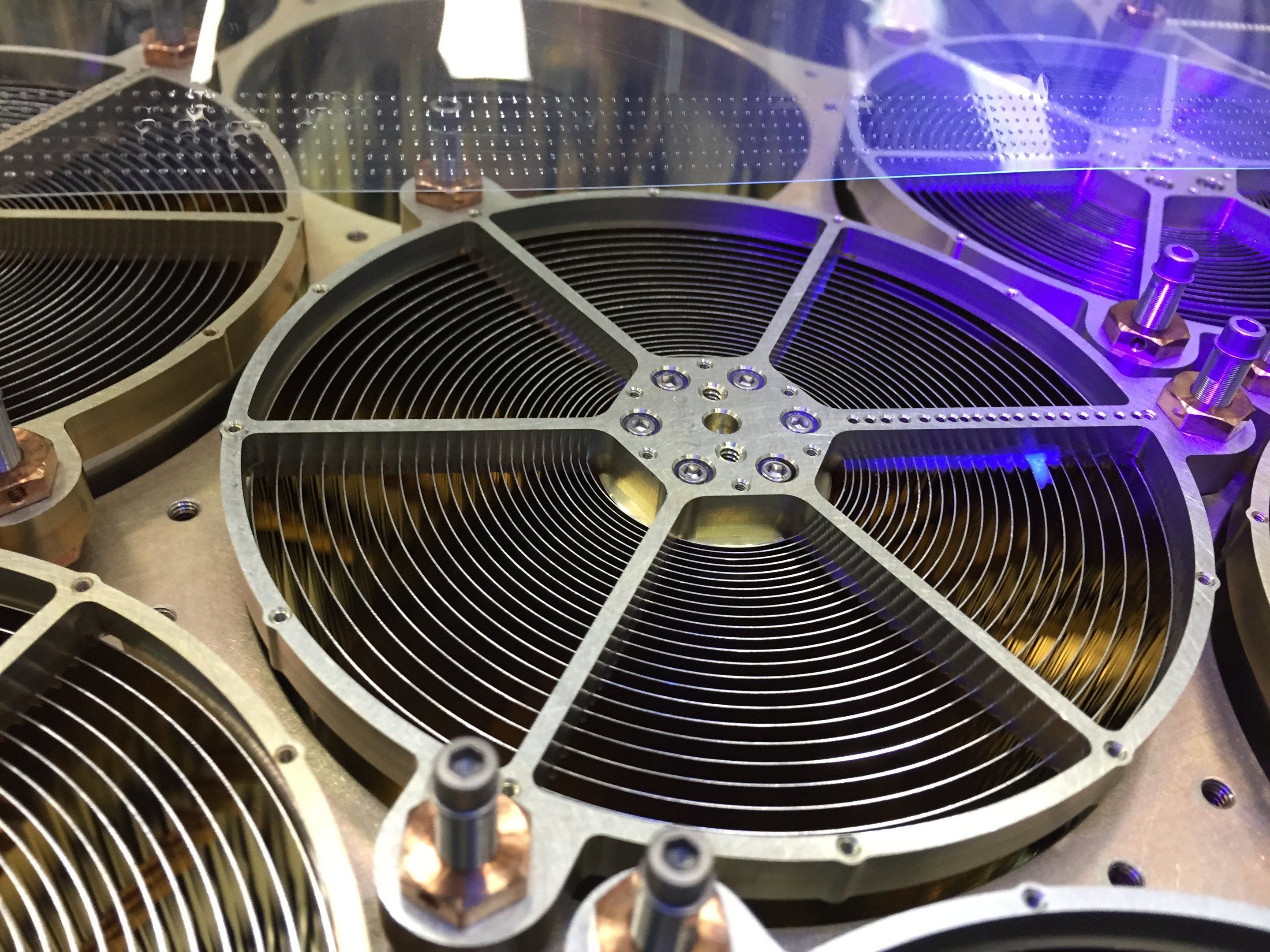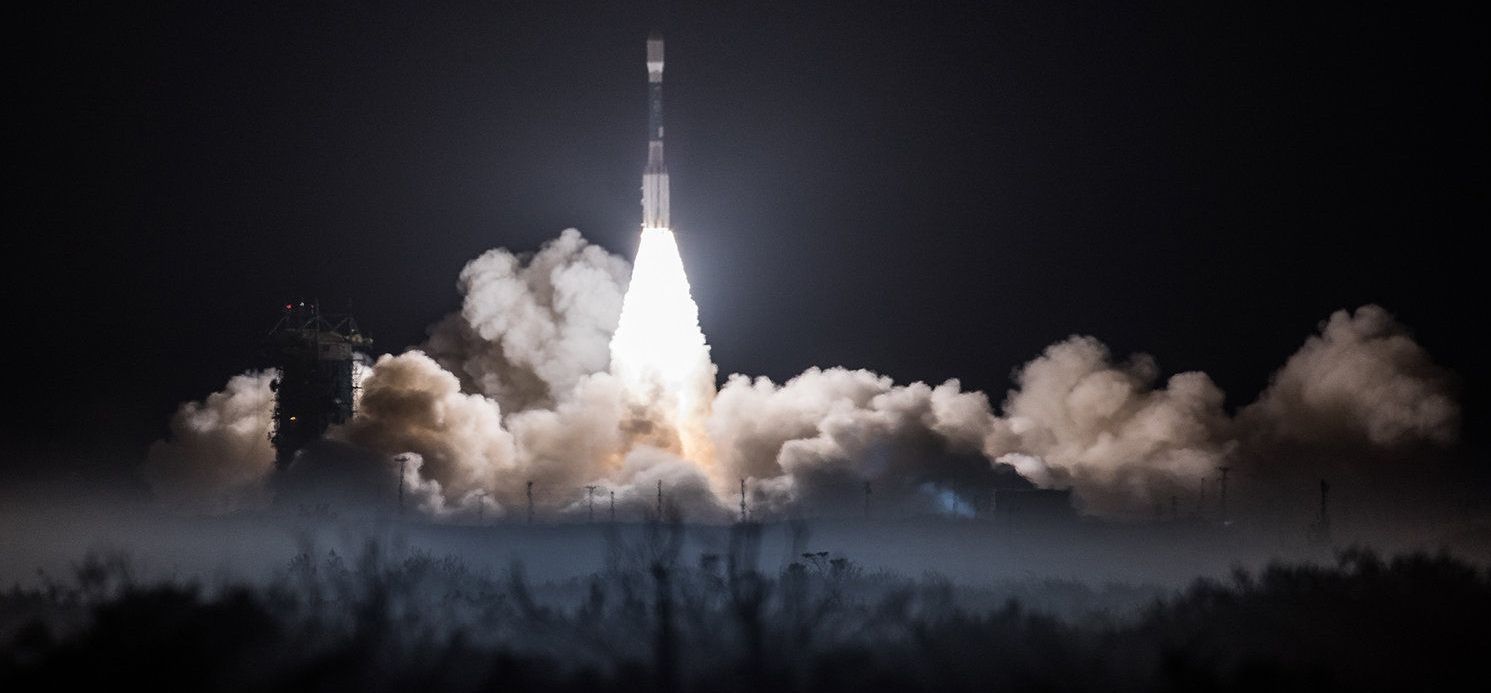Moreover, the launch accomplished SpaceX’s overarching goal of making access to space travel affordable, with a price tag of $90 million per launch, compared to roughly $500 million for the second most powerful rocket, the United Launch Alliance’s Delta IV Heavy. Now that the Falcon Heavy ’ s abilities have been demonstrated, it can be used to send satellites, payloads, and potentially tourists into space.
Days since the historic launch, this surreal image of a Tesla Roadster and Starman cruising away from Earth has become a symbol and foreshadowing of humanity’s exciting future as a space-faring species. After all, SpaceX’s massive transformative purpose is not simply to make space travel affordable, but rather to allows humans to become a multi-planetary species. Ultimately, Tuesday’s launch left many speechless because it brought us closer to accomplishing this aspirational goal.
Given the hefty cost of space exploration, it’s natural to wonder why we should explore space. Sure, space exploration and travel can also expand our technological abilities as a nation or even as a species. There have been many inventions that would not have occurred without space travel. But that’s not the real reason we explore space.
